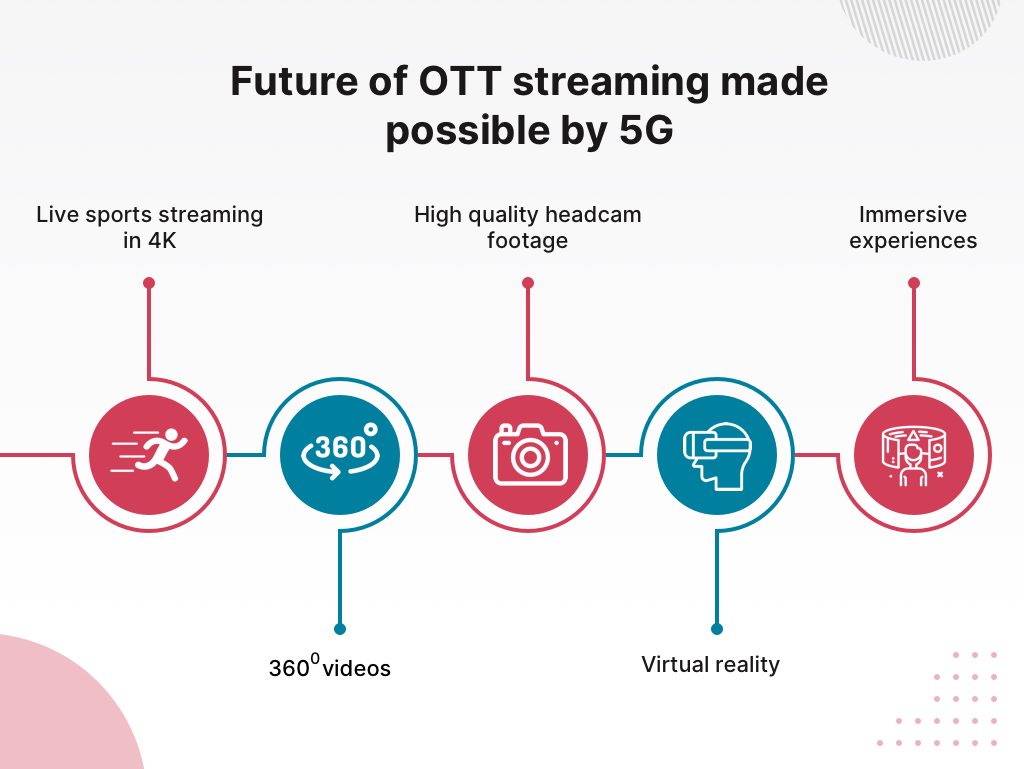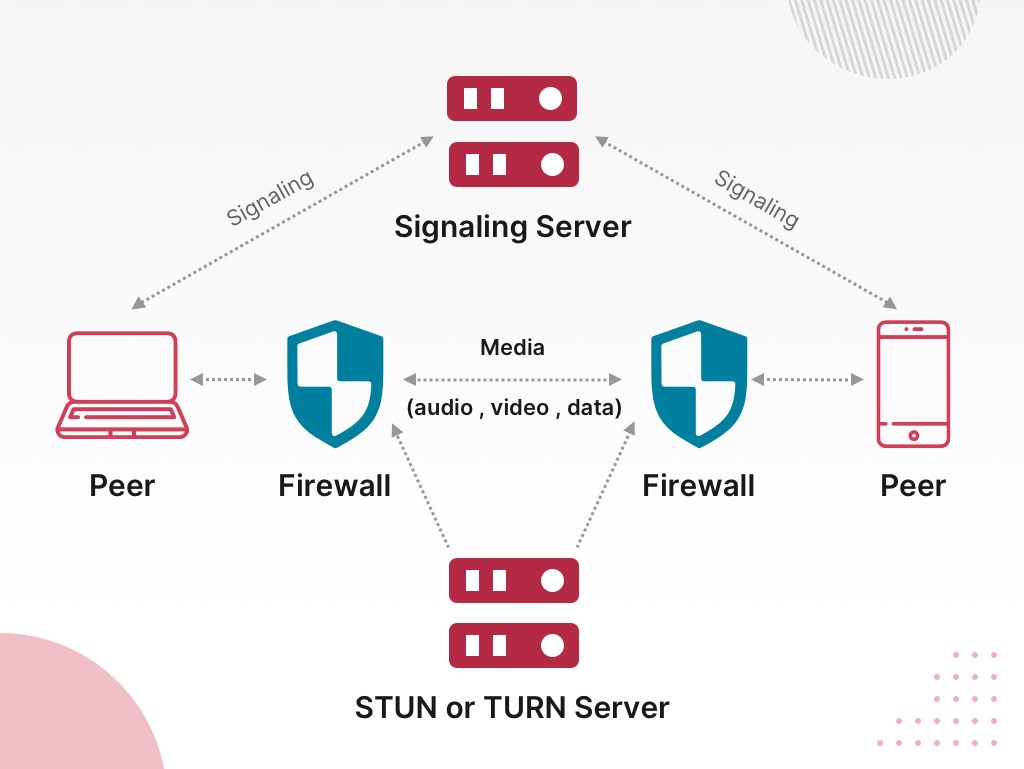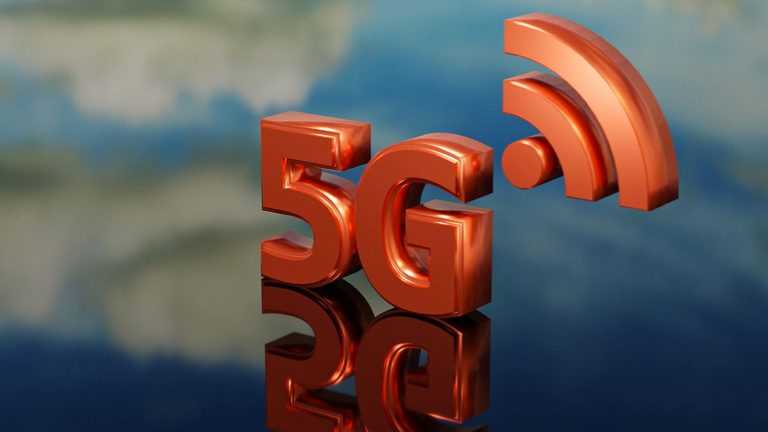It is an understatement that streaming services are dependent on broadband cellular networks.
The late 2000s saw the introduction of Web2.0 along with the first iPhone and analog TVs switching over to digital, and 3G on the rise. The combination of these phenomena pushed a sense of omnipresence for streaming media as people could watch whatever they wanted, whenever they wanted, and wherever they wanted. Then came 4G/LTE which made a big impact on consumers’ ability to reliably stream their favorite programs from almost anywhere. However, it too had its limitations with patchy reception, signal degradation, and loss of uplink capability in some unfavorable conditions.
5G brings a promise of bringing the cloud computing infrastructure vital to delivering stable, high-quality OTT services closer to end-users. It will achieve this with real-time processing and minimal latency. This could prove to be a huge boost for real-time data delivery and live streaming via OTT networks.
Active 5G-powered experiences: Live streaming to immersive virtual reality
The introduction of 5G does make it easier for network providers and streaming platforms to be able to handle a large amount of streaming demand efficiently. Almost 80% of US households are now CTV-plugged, while the OTT consumers are spending about 4 billion hours combined per week to watch content. The volume of video content consumption has drastically skyrocketed in the past few years and 5G is designed to support and maintain such an upward trend.
But the future of streaming is not only about handling streaming demands. It is about the new digital experiences that 5G makes possible. OTT providers and broadcasters now have the chance to offer their viewers a wide range of services from live sports in 4K and beyond to 360° videos, headcam footage, virtual reality, and other immersive experiences.

CTV/OTT entertainment and advertising are the principal beneficiaries of 5G implementation.
5 ways how the advent of 5G technology will boost OTT adoption rate
Bridging OTT and broadcasting gaps: The 5G network made by local “macro” towers implanted at strategic locations will bring processing closer to the users. This will overcome the constraints of distant servers or the individual device’s computing power to deliver a perfect user experience.
The combination of cloud computing and the 5G network could prove to be the ideal setup for the delivery of real-time data and live streaming via OTT networks. In fact, Amazon Web Services and Verizon have already started exploring the possibility of live streaming NFL games using 5G, which is now installed in 25 NFL stadiums. This will only encourage current OTT platforms such as Amazon Prime – broadcasting NFL games and Premier League soccer matches, to move towards a seamless, real-time delivery of data. Thus consumers now have a choice to watch live events either on broadcasting TV or OTT platforms.
Decline of satellite broadcasting media demand: Any new variation of the network comes with a promise of enhanced performance, stability, and reliability; 5G is no different in this regard. Thus the arrival of 5G will encourage users to access content in a plethora of varying formats, genres, and types at their convenience. The 5G network allows users to enjoy HD and 4K video streaming seamlessly without disruptions. Therefore, there is a likelihood of OTT services rising in demand and satellite broadcasting media witnessing a decline.
Switchover to connected TV: One of the first things the new-age generation looks for while setting up their new home is connectivity across their devices. Smart TV or Connected TV proves to be the perfect device to have seamless connectivity and functionality for all their media needs. The fact that it has in-built internet and other integrated web features are why it proves to be the perfect conduit to stream digital content using the 5G network. Thus, the introduction of 5G will only increase the OTT platform subscriptions as more and more users switch over to smart TV.
Enhanced real-time advertising: The introduction of 5G brings good news to the advertisers as well. They can ensure real-time data movement with the help of 5G networks. This would enable the advertisers to serve targeted ads instantly and directly to the consumers by leveraging the popularity of OTT platforms. This would also enable advertisers to serve highly localized ads without incurring any extra charges for data storage or transmission. As a causality, this would benefit users as AVOD content on the OTT platforms would increase.
Collaborations and partnerships: OTT providers are already collaborating with telecom partners to ensure content streaming increases and retain customers. However, the customers often complain of quality issues over the 4G network whenever there is a content demand surge. The introduction of 5G would enable OTT services to collaborate with 5G providers and easily meet these demand surges.
Technology triggers to enhance customer’s OTT experience with the introduction of 5G
Content Delivery Network (CDN) Growth
The unprecedented growth in OTT was driven not just by the COVID-19 pandemic but also by the intersection of key technological and societal developments. The pandemic more or less acted as a catalyst to accelerate trends already on the rise, whether in terms of consumption, production, or distribution.
On the consumption side, the lack of public cinema made way for the likes of Netflix, Amazon Prime, and Disney+ as popular alternatives with growing amounts of binge-watching. On the distribution side, continuous improvement in streaming quality over mobile networks especially, even with 4G, has encouraged OTT viewing on the move. Now, with the introduction of 5G, viewing OTT on the move is going to be even more encouraged.
Apart from the impact of mobile and 5G, the ongoing evolution of CDNs is proving to be one of the biggest factors involved in the advancement of OTT. CDNs combine connectivity with cached storage to optimize content delivery and minimize latency. According to Cisco, globally, Internet video traffic will be 82% of all consumer Internet traffic by 2022, up from 73% in 2017. Thus, it is increasing the growth of CDNs purely backed by the increase in video consumption. This is further solidified by a forecast report by Markets and Markets. According to this report, the CDN market size is expected to grow from USD 14.4 billion in 2020 to USD 27.9 billion in 2025, at a CAGR of 14.1%.
At the same time, CDNs have diversified into different versions suited to specific requirements. The role of CDNs naturally varies between on-demand and live content. For the former, CDNs use caching closer to subscribers to minimize consumption of a wide area of bandwidth. CDNs increase scalability and improve the customer experience by storing cached copies of data at strategic locations and delivering smoother reduced start-up lag.
WebRTC-for content delivery
WebRTC or Web Real-time Transfer Control protocol is a streaming protocol for web communication allowing users to connect in real-time without connecting to an additional server. It is basically a peer-to-peer open source communication project first invented by Global IP Solutions (GIPS) in Sweden and later taken over by Google in 2011. Over time, WebRTC proved to be an efficient way of content distribution as well. With the advent of 5G, WebRTC supported devices will usher in the Information and Communications Technology (ICT) ecosystem which is a next-generation service ecosystem to handle communications processes such as telecommunications, broadcast media, intelligent building management systems, audiovisual processing and transmission systems, and network-based control and monitoring functions.

WebRTC working mechanism
WebRTC theoretically works with a 4 step process to establish peer to peer communication – signaling, connecting, securing, and communication.
WebRTC gives a lot of value to OTT developers due to its extremely useful benefits. WebRTC has ultra-low/real-time latency which makes it perfect for live streaming, it is open source which allows developers to experiment, it is ultra-compatible with a large range of devices, it is secure, adaptive, and delivers a high-quality video output.
WebRTC will be the RTC platform of choice with the introduction of 5G and the expansion of OTT offerings. It makes every component of OTT available to anyone at ridiculous costs.
Challenges to 5G rollout
For several years 5G has been highly anticipated to be the next generation of mobile communications technology, but it is still at the early stage of network deployment and market development.
Some challenges may delay 5G rollout across the globe and hence a slower impact on the OTT industry than expected.
- Possible high costs will lead to uncertainty over customers’ willingness to pay. According to a McKinsey survey, two-thirds of customers are unwilling to pay more than five euros per month for ten-times-higher speed. At the same time, 49 percent of customers expect consistently high speed, and 43 percent expect new applications and services.
- Affecting industries reliant on wireless communication in the same bandwidth (e.g., airline industry). Read more about this issue here.
- Installation of base antennas and technology ineptitude of the majority of countries. Since a majority of countries are still developing and barely have extra budgets allocated for faster adoption of newer technology, 5G rollout there is not possible in the near future.
What to expect in the future?
The rollout of 5G has already started with many successful events witnessed such as the 2020 Tokyo Olympics. But we still need to wait for the full deployment of its connectivity before we understand its full potential. But whatever the case, this next-gen connectivity would most likely encourage viewers to stream more often, on the go, and go live. 5G will make it possible for video to be the primary method of digital content consumption. With its improved reliability, data streaming speed, and video delivery capabilities, we should all brace ourselves for this upcoming revolutionary digital solution called 5G network connectivity.





